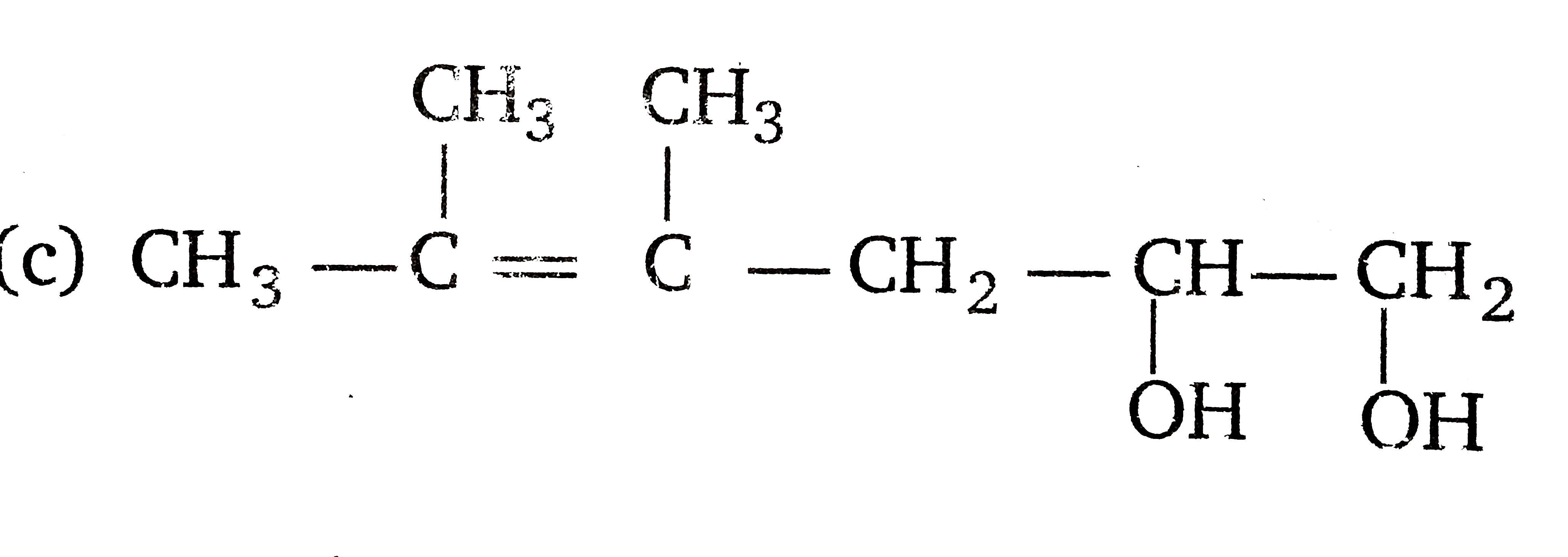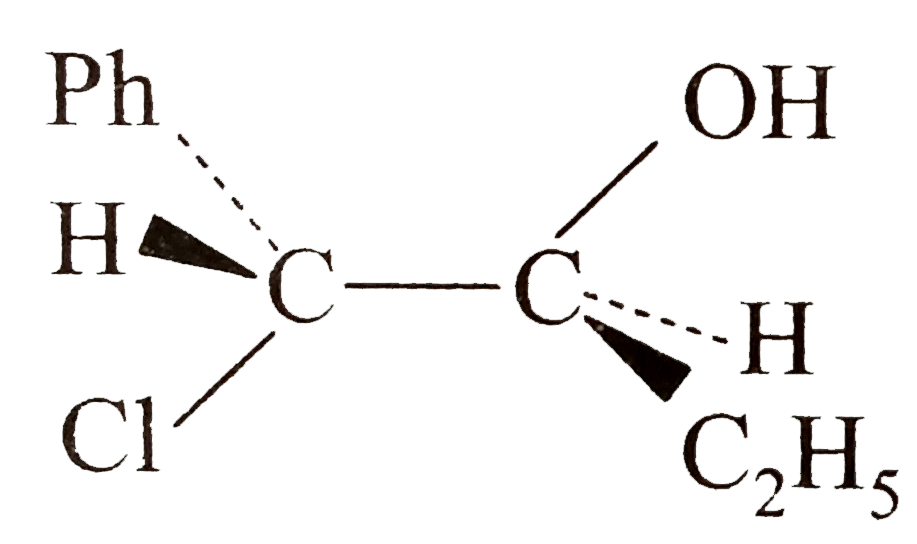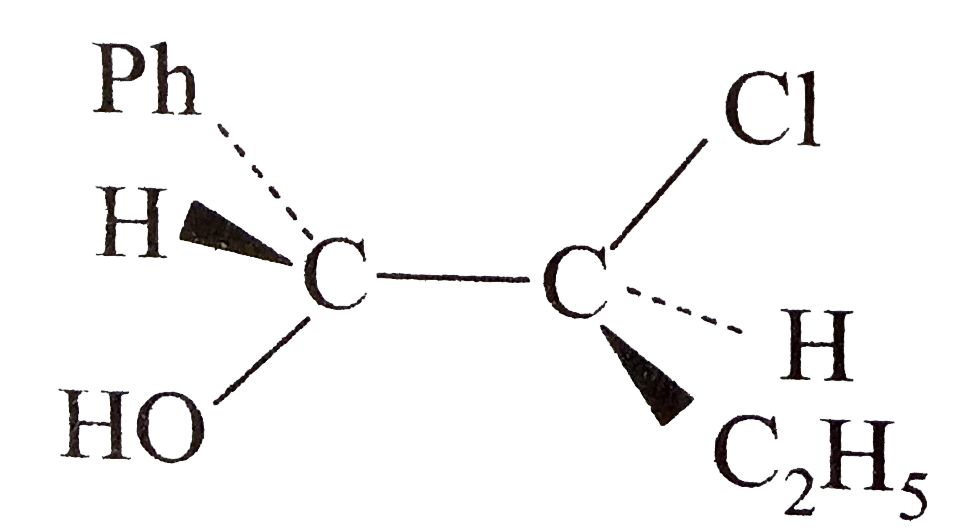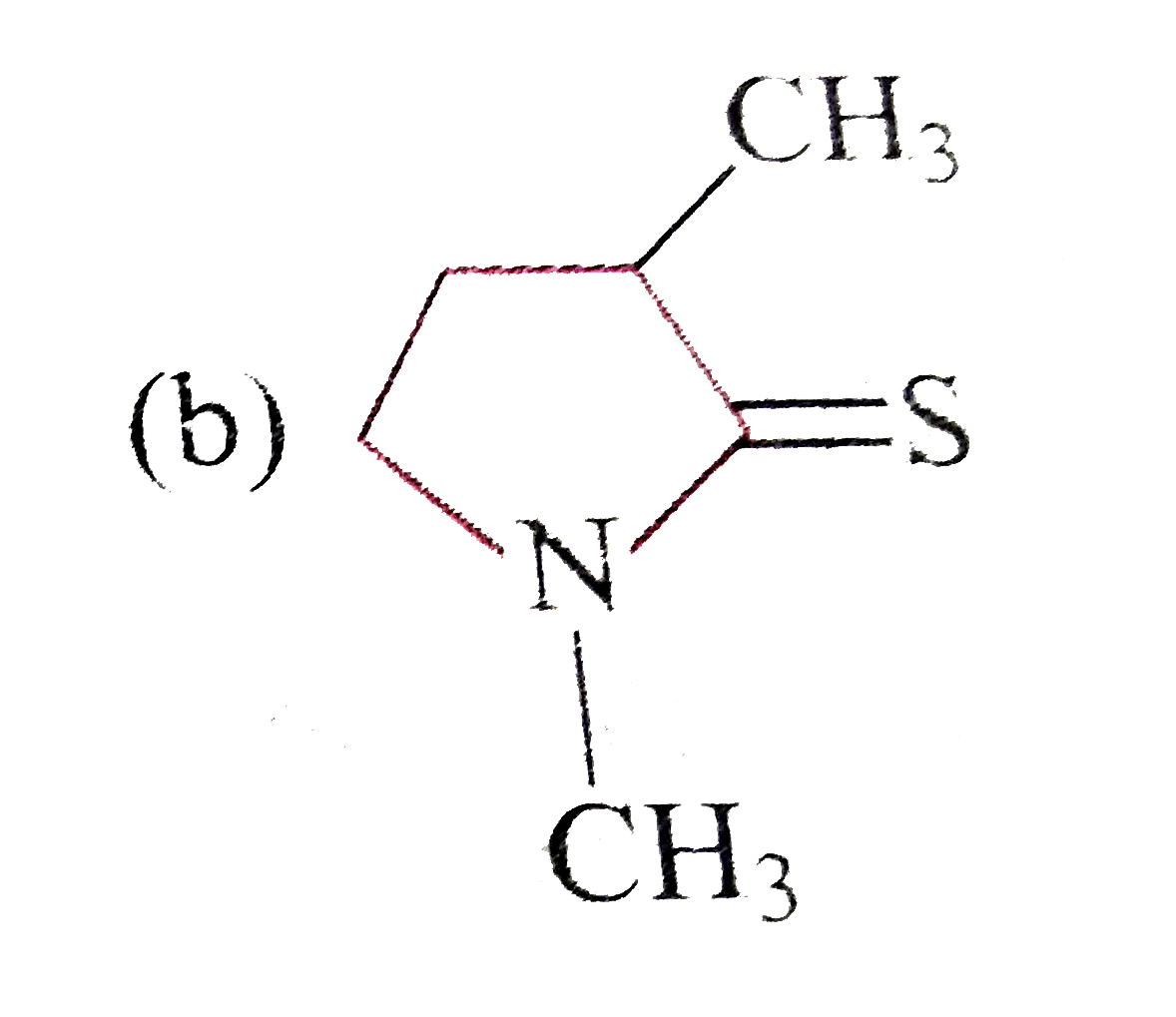Predict the major product formed when HCl is added to isobutylene, Explain the mechanism involved.
To predict the major product formed when HCl is added to isobutylene and explain the mechanism involved, we can follow these steps:
Step 1: Identify the Reactants
The reactants in this reaction are isobutylene (also known as 2-methylpropene) and hydrochloric acid (HCl).
Step 2: Understand the Structure of Isobutylene
Isobutylene has the following structure:
CH3|CH2=C|CH3
This structure shows that isobutylene has a double bond between the second and third carbon atoms.
Step 3: Apply Markovnikov's Rule
When HCl is added to an alkene, the addition follows Markovnikov's rule. This rule states that when HX (where X is a halogen) is added to an unsymmetrical alkene, the hydrogen atom (H) will attach to the carbon with more hydrogen atoms already attached, while the halogen (Cl) will attach to the carbon with fewer hydrogen atoms.
Step 4: Formation of Carbocations
When HCl is added to isobutylene, the H+ ion from HCl will add to one of the carbon atoms involved in the double bond. This results in the formation of two possible carbocations:
1. A primary carbocation (less stable)
2. A tertiary carbocation (more stable)
- Primary Carbocation: If H+ adds to the terminal carbon (C1), we get:
CH3∣∣CH2+∣∣CH3
- Tertiary Carbocation: If H+ adds to the central carbon (C2), we get:
CH3∣∣CH3−C+∣∣CH2
The tertiary carbocation is more stable due to hyperconjugation and the inductive effect of the surrounding alkyl groups.
Step 5: Nucleophilic Attack by Cl-
The more stable tertiary carbocation will then react with the chloride ion (Cl-) from HCl. The Cl- will attack the positively charged carbon (C2), leading to the formation of the final product.
Step 6: Identify the Major Product
The major product formed from this reaction is 2-chloro-2-methylpropane, which can be represented as:
CH3|CH3−C−Cl|CH3
Final Answer
The major product formed when HCl is added to isobutylene is 2-chloro-2-methylpropane. The mechanism involves the formation of a more stable tertiary carbocation followed by nucleophilic attack by the chloride ion.
---
The reactants in this reaction are isobutylene (also known as 2-methylpropene) and hydrochloric acid (HCl).
Isobutylene has the following structure:
CH3|CH2=C|CH3
This structure shows that isobutylene has a double bond between the second and third carbon atoms.
When HCl is added to an alkene, the addition follows Markovnikov's rule. This rule states that when HX (where X is a halogen) is added to an unsymmetrical alkene, the hydrogen atom (H) will attach to the carbon with more hydrogen atoms already attached, while the halogen (Cl) will attach to the carbon with fewer hydrogen atoms.
When HCl is added to isobutylene, the H+ ion from HCl will add to one of the carbon atoms involved in the double bond. This results in the formation of two possible carbocations:
1. A primary carbocation (less stable)
2. A tertiary carbocation (more stable)
CH3∣∣CH2+∣∣CH3
- Tertiary Carbocation: If H+ adds to the central carbon (C2), we get:
CH3∣∣CH3−C+∣∣CH2
The tertiary carbocation is more stable due to hyperconjugation and the inductive effect of the surrounding alkyl groups.
The more stable tertiary carbocation will then react with the chloride ion (Cl-) from HCl. The Cl- will attack the positively charged carbon (C2), leading to the formation of the final product.
The major product formed from this reaction is 2-chloro-2-methylpropane, which can be represented as:
CH3|CH3−C−Cl|CH3
The major product formed when HCl is added to isobutylene is 2-chloro-2-methylpropane. The mechanism involves the formation of a more stable tertiary carbocation followed by nucleophilic attack by the chloride ion.
Topper's Solved these Questions
- GENERAL PRINCIPLE AND PROCESSES OF ISOLATION OF ELEMENTS BOOK - NCERT EXEMPLARCHAPTER - GENERAL PRINCIPLE AND PROCESSES OF ISOLATION OF ELEMENTS EXERCISE - General Principle And Processes Of Isolation Of Elements
55 Videos
- P-BLOCK ELEMENTSBOOK - NCERT EXEMPLARCHAPTER - P-BLOCK ELEMENTSEXERCISE - P-Block Elements
72 Videos
Similar Questions
Knowledge Check
Predict the major product of the reaction.
 A
A B
B C
C D
D
In the reaction

the major product formed isA B
B C
C D
D
Predict the major product of given reaction :
 A
A B
B C
C D
D
Predict the major product formed in the following reaction .

View SolutionPredict the major products (A) , (B) & (C )

View SolutionName the product formed when hydrogen is added to ethene.
View SolutionThe major product formed in the reaction

View Solution
The major product formed in the reaction is
View Solution


